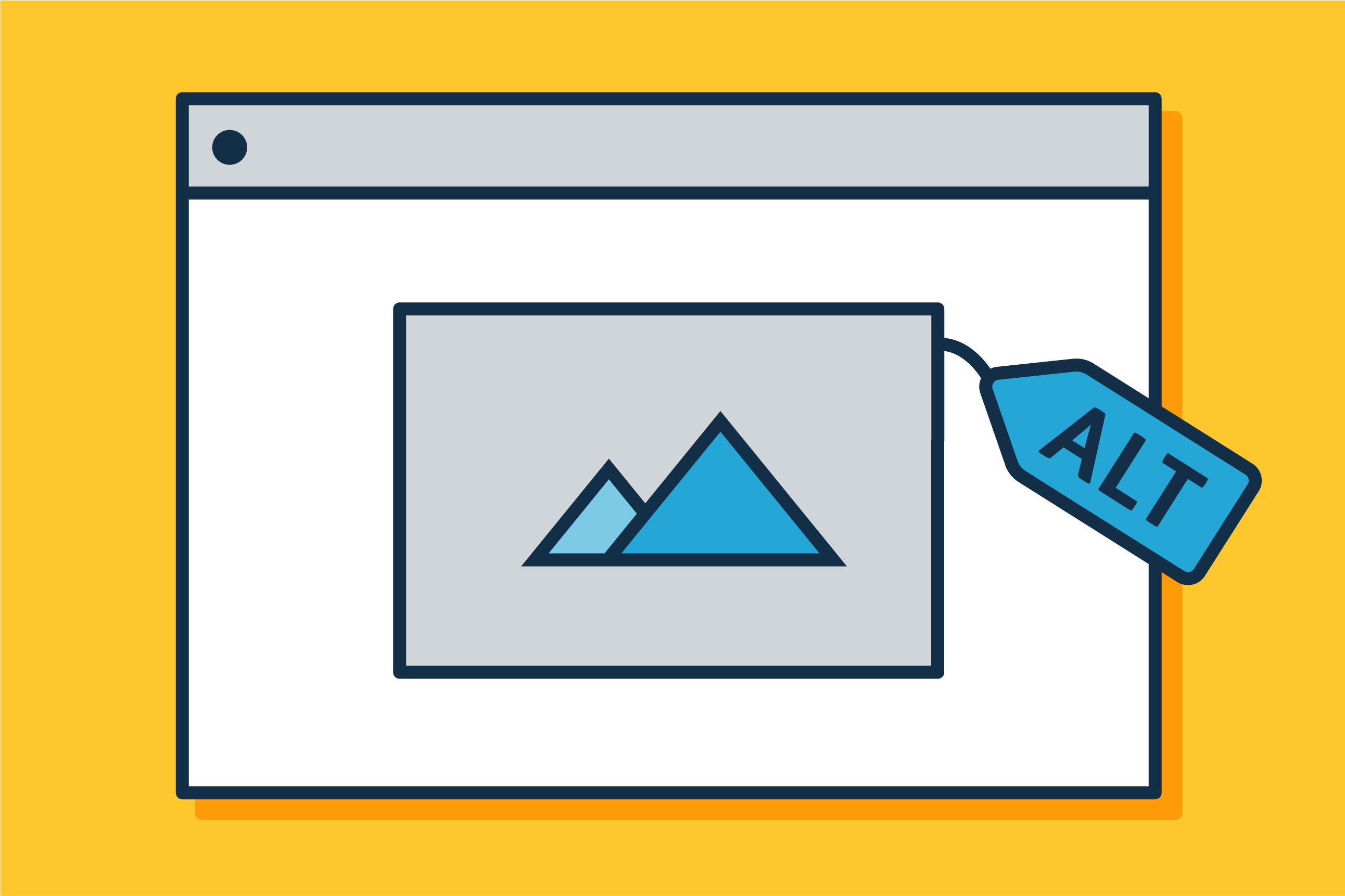Posted At: Sep 08, 2024 - 125 Views

Optimizing images with alt text is a crucial aspect of SEO that is often overlooked but can significantly impact your website's visibility and search engine rankings. Alt text, also known as alt attribute or alt description, is a brief text description that is added to an image on a web page. This text is displayed in place of an image if the image file cannot be loaded or if a visually impaired user is accessing the website using a screen reader. While alt text serves a practical purpose for accessibility, it also plays a vital role in SEO by providing search engines with valuable information about the content and context of the image.
When it comes to SEO, alt text serves as an opportunity to enhance the relevance and visibility of your website in search engine results. Search engines like Google use alt text to understand the subject matter of an image since they cannot interpret images themselves. By providing descriptive and relevant alt text for your images, you can help search engines index your content more accurately and improve your chances of appearing in image search results.
Here are some key considerations for optimizing alt text for SEO:
- Be Descriptive: When writing alt text, be descriptive and specific about the content and context of the image. Use relevant keywords that accurately represent the image and align with the overall content of the web page.
- Keep It Concise: While it's essential to be descriptive, it's also important to keep alt text concise and to the point. Aim for a clear and succinct description that accurately conveys the image's content in a few words or a short phrase.
- Avoid Keyword Stuffing: While incorporating relevant keywords in alt text is beneficial for SEO, avoid keyword stuffing or over-optimizing the alt attribute. Focus on providing a natural and informative description that enhances the user experience.
- Use Alt Text for Decorative Images: For images that are purely decorative and do not convey meaningful information, use empty alt text (alt="") or a null alt attribute to indicate to screen readers that the image is decorative and can be skipped.
- Test Accessibility: Ensure that your alt text is accessible and helpful for users with visual impairments by testing your website with screen reader tools to verify that images are appropriately described.
By optimizing alt text for SEO, you can improve the accessibility, relevance, and search engine visibility of your website's images. Incorporating descriptive and keyword-rich alt text into your image optimization strategy will not only enhance the user experience but also contribute to your site's overall SEO performance and ranking in search results.
